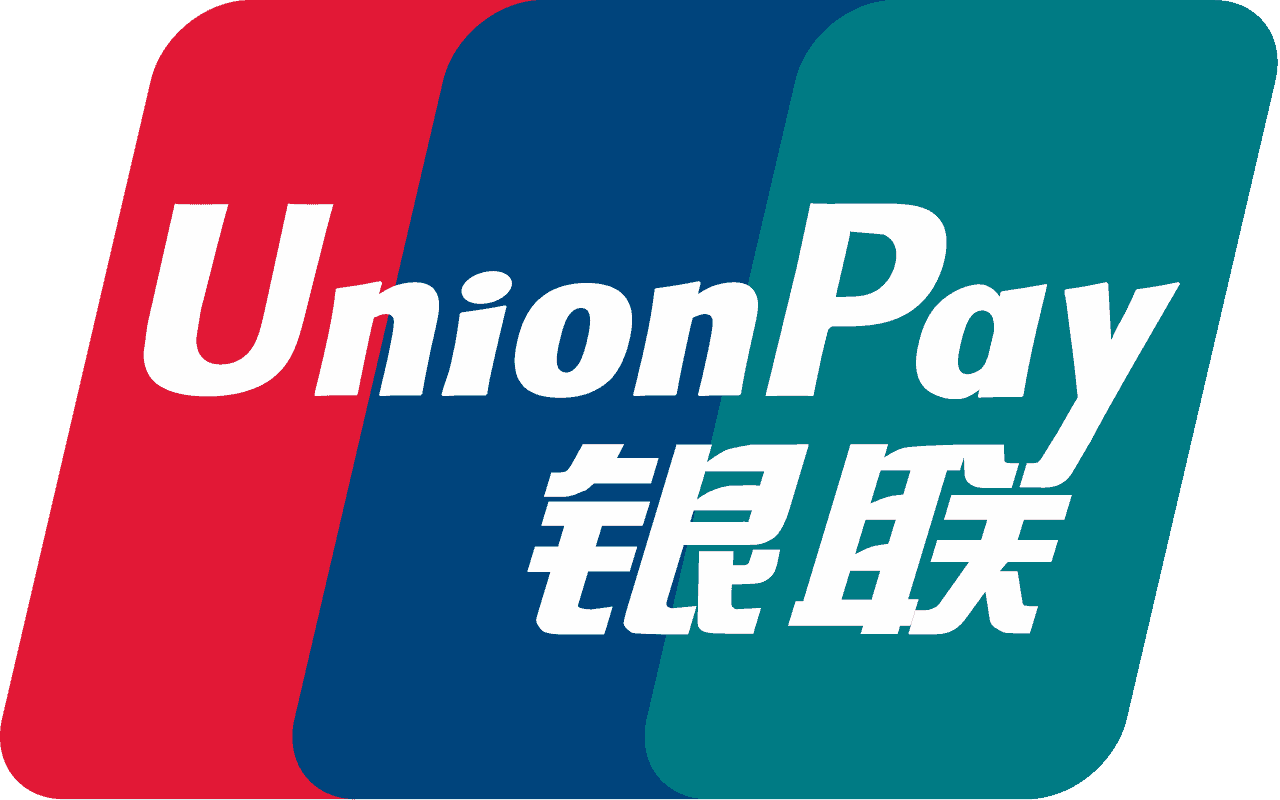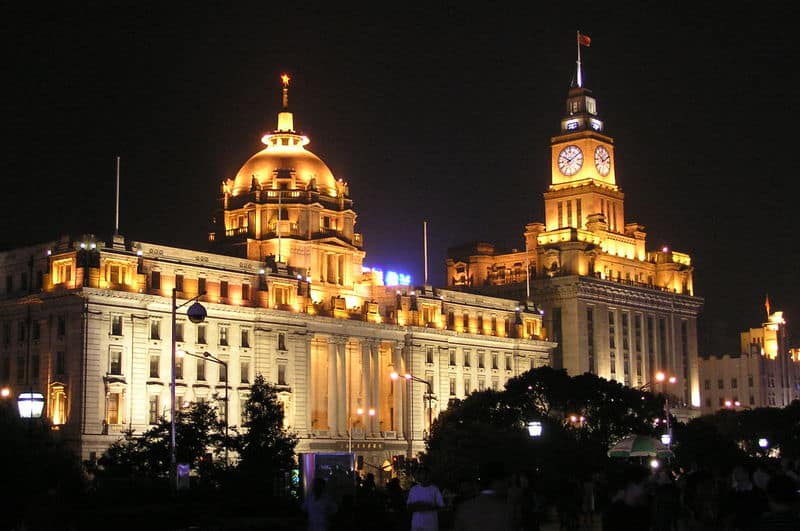Payments giant China UnionPay has highlighted the role it has played in driving official efforts to spur domestic consumption levels since the start of the COVID pandemic.
UnionPay announced on 1 April that it would continue to “use payments as a driver to stimulate consumption,” by means of measures that have included helping the Chinese government to issue consumption vouchers.
UnionPay says it has helped local governments around China to issue nearly 5 billion yuan in consumption vouchers for more than 500 local consumer stimulus campaigns since the start of 2021.
The payments provider has also established a centralised platform for the issuance of automobile subsidies to advance the central government’s campaign to drive Chinese vehicle sales.
The platform provides automated review and mobile issuance of vehicle purchase vouchers, that can provide subsidies or discounts both before and following purchase.
UnionPay launched the “Red Fire Plan” (红火计划) in June 2021, which provides QR code transaction processing discounts to sectors of the economy where micro-and-small enterprises (MSE’s) are highly concentrated, including food and beverage, retail and tourism.
According to UnionPay the Red Fire Plan has over 50 cooperating financial and payments institutions, covering more than 3.5 million small-scale vendors.
Starting from 30 September 2021 UnionPay began to provide discounts for cross-institutional bank card processing fees involving MSE cards and unit settlement cards, which will continue for a three year period and is expected to reduce costs for small-and-medium sized businesses.
China’s 2022 Government Work Report called for “driving the in-depth integration of online and offline consumption, expediting the recovery of daily services consumption, and developing new models of consumption.”
As a major component of China’s financial infrastructure, UnionPay said that it would continue to “make a contribution to expediting the development of the consumer market by means of measures including subsidies and profit transfers, cost reductions and efficiency gains, and innovation in operations under the guidance of the People’s Bank of China.”




